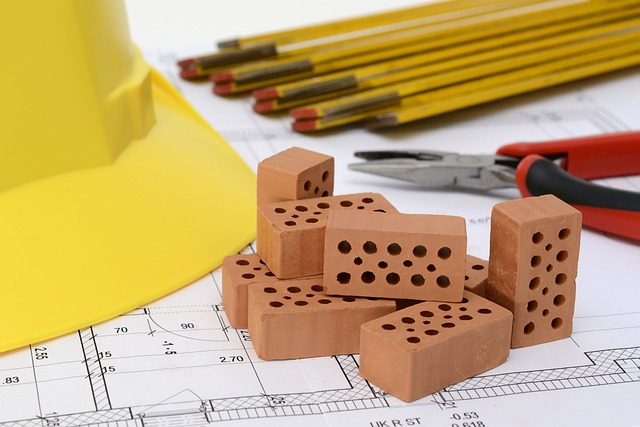Construction projects require specialized equipment, and financing options like equipment financing loans and lease-to-own programs facilitate access to machinery. Successful loan applications hinge on robust project management plans, financial viability, risk mitigation strategies, and solid creditworthiness. Understanding interest rates, repayment terms, and default implications is crucial for effective project execution while managing costs and risks.
Construction equipment loans are a vital component in the world of project management, enabling builders and contractors to acquire essential machinery. This article guides you through understanding the loan landscape, from various types suited for different needs, to the critical eligibility criteria. We’ll break down the application process, interest rate structures, and potential pitfalls, offering insights essential for informed decision-making in managing construction projects efficiently.
- Types of Construction Equipment Loans and Their Purposes
- Key Requirements for Eligibility
- Documentation and Application Process
- Interest Rates, Repayment Terms, and Default Considerations
Types of Construction Equipment Loans and Their Purposes

Construction projects require a diverse range of equipment, from heavy machinery to specialized tools. To finance these purchases, various loan options are available, each serving specific purposes in project management. One common type is the equipment financing loan, which is designed to cover the cost of acquiring new or used construction equipment. This funding option allows businesses to invest in machinery without incurring immediate ownership costs, providing flexibility in cash flow management.
Another variety is the lease-to-own program, offering a practical solution for companies seeking to utilize cutting-edge technology. By leasing equipment, firms can gain access to the latest tools and return them after a set period, often with an option to purchase at a mutually agreed-upon price. This approach not only facilitates project completion with up-to-date resources but also promotes sustainable asset management in construction project management.
Key Requirements for Eligibility

Obtaining a loan for construction equipment is a significant step in launching any infrastructure project. To ensure approval, borrowers must meet stringent eligibility criteria set by lenders. Key requirements often include a solid project management plan demonstrating financial viability and risk mitigation strategies. Lenders will assess the project’s potential returns, considering factors like market demand, expected lifespan of the asset, and maintenance costs.
Effective project management involves detailed cost estimation, meticulous planning, and clear objectives. Borrowers should provide evidence of their ability to manage cash flow, handle unexpected expenses, and adhere to timelines. Lenders will also evaluate the borrower’s creditworthiness, often requiring financial statements and personal guarantees. Demonstrating a competent project management approach and robust financial health significantly increases the chances of securing the necessary construction equipment loan.
Documentation and Application Process

Understanding the documentation and application process is a crucial step in securing a construction equipment loan. Project managers should prepare comprehensive financial records, including tax returns, balance sheets, and cash flow projections, as these will be scrutinized by lenders to assess your business’s financial health. Additionally, detailed project plans outlining timelines, budget allocations, and expected deliverables are essential, allowing lenders to evaluate the potential risks and rewards of the loan.
The application process involves submitting a formal request along with the required documentation. Lenders typically review these applications against established criteria, considering factors such as credit history, business reputation, and the equipment’s value. A well-organized and transparent application increases the chances of approval, streamlining the project management process by providing access to necessary capital for timely equipment acquisition and project execution.
Interest Rates, Repayment Terms, and Default Considerations

When considering a construction equipment loan for your project, understanding the interest rates is paramount. These rates can vary significantly depending on various factors, including the lender, your creditworthiness, and market conditions. A lower interest rate reduces the overall cost of borrowing, which is crucial for maintaining profitable project management. Lenders often offer competitive rates for well-prepared borrowers with strong financial backgrounds.
Repayment terms play a vital role in managing cash flow during construction projects. These terms dictate how quickly you need to pay back the loan and can be structured to align with your project’s timeline. Flexible repayment periods allow for smoother budgeting while ensuring timely loan closure. However, longer repayment terms generally result in higher interest charges over time. Default considerations are also critical; understanding the potential consequences of non-repayment is essential for successful project management. Lenders may charge prepayment penalties or take legal action if payments lag, impacting your financial and operational goals.
